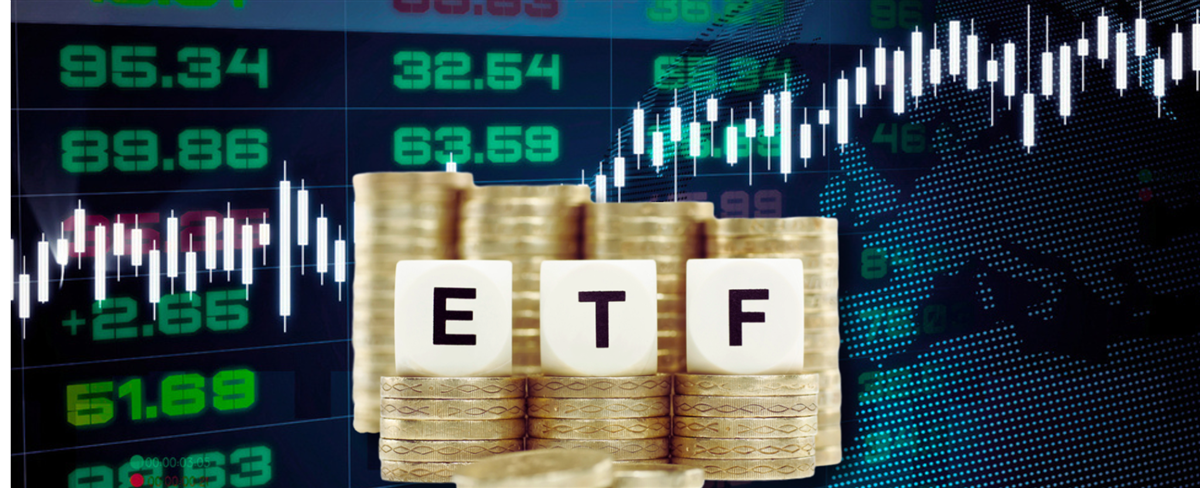
Beating the S&P 500 consistently is something many investors dedicate their lives to, but few are able to reach the lofty goal. Often just called “the S&P," this index has cemented its place as the primary measuring stick to which “active” investors compare themselves. Active investing refers to not buying a low-cost index fund that will perform equally to the S&P or another index. It means building a custom portfolio or strategy with the goal of generating a higher return than the market, and ideally while taking less risk.
Achieving this is exceedingly difficult. Warren Buffett knows this. That’s why, back in 2007, he bet that not one out of a group of five hedge funds would be able to beat the return of the S&P 500 over the next 10 years. In the end, he was proven unequivocally correct. Over that period, the best-performing fund achieved an annual return of 6.5%, while the worst-performing generated barely more than 0%. Over the period, the S&P 500 crushed them, with a return of 8.5% annually.
Yet, it’s still not impossible to find funds that have beaten the S&P 500 over a lengthy period. Mathematically, it becomes easier when investing in funds that charge lower fees. The 2.5% annual fee charged by the hedge funds in the Buffett exercise was a big hurdle they ultimately couldn’t overcome. Even when investing in actively managed ETFs, fees will be much higher than an index-tracking alternative. However, below are three active ETFs that beat the return of the S&P 500 over the last five years after fees.
Enhancing the S&P With Strategic Options Trading
The Overlay Shares Large Cap Equity ETF (NYSEARCA: OVL) has a 16.7% annual return over the past five years. The S&P 500 returned 15.9% annually. This ETF is mostly an S&P 500 index fund. It has 99.8% of its portfolio in the Vanguard S&P 500 ETF(NYSEARCA: VOO). However, it uses a key financial instrument to enhance its returns: options.
Through opportunistic buying and selling options on the S&P, the fund has been able to enhance its returns over the index. The fund specifically buys and sells put options to do this. By selling put options, the fund generates income. It will also buy put options with a lower strike price than the one it sold. This allows it to collect and spread between the two. This strategy can go wrong if the fund incorrectly forecasts price movements in the S&P, causing it to lose money. However, it has been able to be right more times than not over the last five years.
Recently, Bigger Really Has Been Better
The Principal U.S. Mega-Cap ETF (NASDAQ: USMC) has been able to achieve a 16.5% return annually over the past five years. The fund also bases its investment strategy largely on the S&P 500. However, it differs by giving disproportionate allocations to the largest companies in the index. "Mega-cap" refers to the largest companies with market capitalizations over $200 billion. Essentially, it means “larger than large cap."
Large-cap stocks are typically defined as those with market capitalizations over $10 billion. Currently, the only stocks in the portfolio fall into the mega-cap definition. It makes sense why this strategy has been able to outperform. From 2019 to 2023, the Magnificent Seven stocks, the seven largest companies in the S&P Index, have greatly outperformed the overall index. This shows how having an over-allocation to the largest stocks has provided return benefits over the S&P.
Using Growth, and Possibly ESG, To Boost Returns
The Clearbridge Large Cap Growth ESG ETF (NASDAQ: LRGE) has been able to achieve an annual return of 17% over the past five years. It invests in stocks that fall within the market capitalization range of the Russell 1000 Growth Index, another important large-cap index. Thus, it has a growth tilt, investing in companies with growth characteristics. This has helped the fund, as growth stocks have performed better than value stocks in the recent past. However, whether that will continue is uncertain.
It also has an environmental, social, and governance (ESG) bent. It “invests in stocks of companies that are socially conscious in their business dealings and directly promote environmental responsibility." The merits of this type of investing have been the subject of much debate and controversy. However, there is some evidence to suggest that investing in “green” stocks like these has led to overperformance.













